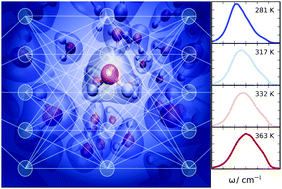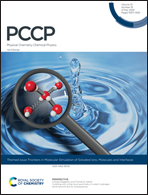Raman spectrum and polarizability of liquid water from deep neural networks
Abstract
We introduce a scheme based on machine learning and deep neural networks to model the environmental dependence of the electronic polarizability in insulating materials. Application to liquid water shows that training the network with a relatively small number of molecular configurations is sufficient to predict the polarizability of arbitrary liquid configurations in close agreement with ab initio density functional theory calculations. In combination with a neural network representation of the interatomic potential energy surface, the scheme allows us to calculate the Raman spectra along 2-nanosecond classical trajectories at different temperatures for H2O and D2O. The vast gains in efficiency provided by the machine learning approach enable longer trajectories and larger system sizes relative to ab initio methods, reducing the statistical error and improving the resolution of the low-frequency Raman spectra. Decomposing the spectra into intramolecular and intermolecular contributions elucidates the mechanisms behind the temperature dependence of the low-frequency and stretch modes.

- This article is part of the themed collections: Emerging AI Approaches in Physical Chemistry, 2020 PCCP HOT Articles and Frontiers in Molecular Simulation of Solvated Ions, Molecules and Interfaces


 Please wait while we load your content...
Please wait while we load your content...
